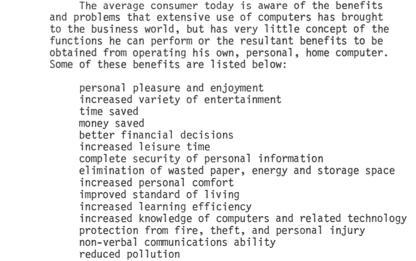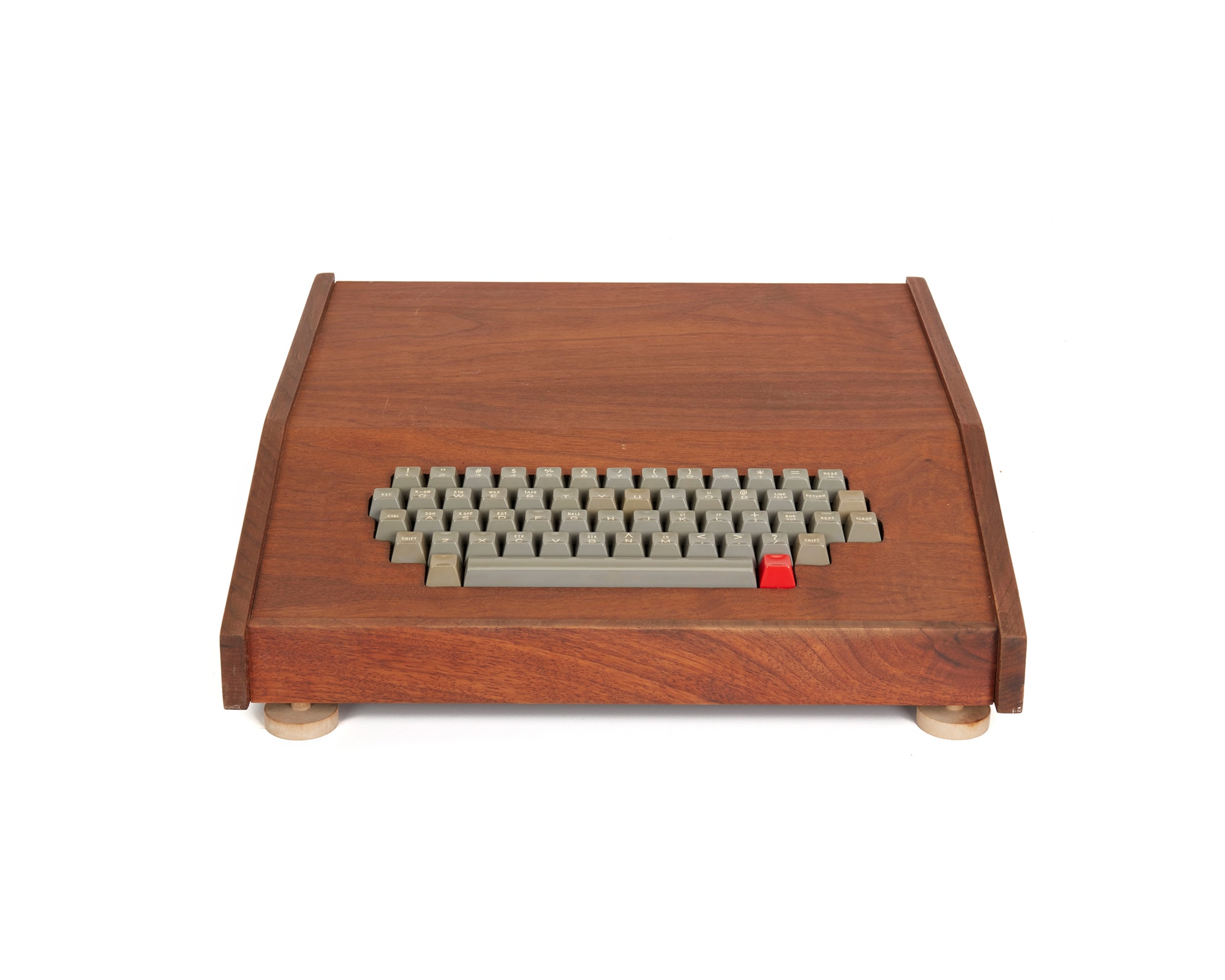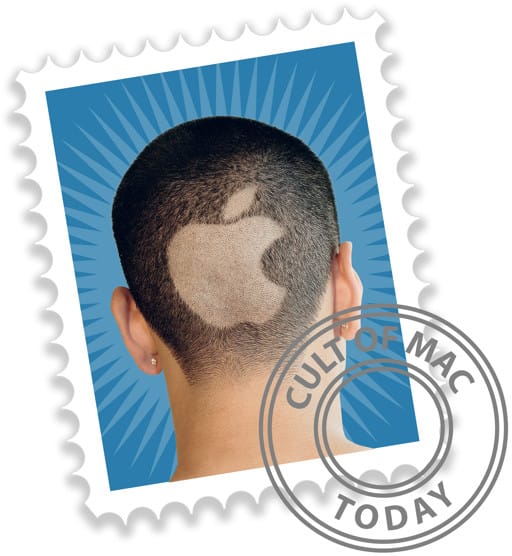Tech buffs can delve into Silicon Valley history by perusing Apple Computer’s first business plan and IPO documents.
The 1977 38-page IPO filing, done in a typewriter-y font with the odd punctuation issue, lists management as the fourth risk factor for potential investors: “Apple Computers’ Management team is young and relatively in-experienced in the high volume consumer electronics business.”
And would you put money into a company headed by these key execs?
* “S.P. Jobs, V.P. Operations, Attended Stanford and Reed College, Engineer – Atari – 2 Yrs”
* “S.G. Wozniak, V.P. Engineering, Attended University of Colorado and University of California at Berkley [sic], Engr. Tennant – 1 Yr., Engr. Electroglass – 1 Yr., Engr. – Hewlett-Packard – 3 Yrs.”
The IPO document was donated to the Computer History Museum by original Apple investor Mike Markkula, who saw massive potential in the green startup. In 1977, Steve Jobs met with Markkula and convinced him that personal computers were an exciting opportunity. Markkula invested $250,000 in Apple for a one-third stake in the company and served as president from 1981 to 1983.
Apple’s first business plan and IPO docs

Image: Computer History Museum
The 30-page business plan was donated by Apple’s first employee, Dan Kottke, who built and tested the Apple I computer that Apple co-founders Jobs and Steve Wozniak had conceived in Jobs’ garage in 1976.
Apple’s early strategy was to encourage businesses to move up market to the expensive Lisa and Apple III computers, costing between $3,000 and $5,000, while popular users would move down to the more affordable Mac, “leaving Band 3 manufacturers out in the cold!!”
This plan sheds light on some of the struggles Apple Computer faced when taking the Mac from the germ of an idea and a few rough prototypes to a successful mass-produced product, the museum website says.
“Apple has grown into such a corporate icon that it’s a special treat for us to see its dawn as a business — right down to the handmade corrections on the first financial projections in the offering document,” said John Hollar, the Computer History Museum’s president and CEO, in a press release.
You can download them and read commentary from Silicon Valley historians on the museum website.
Screen shot @courtesy Computer History Museum


